Profile
Flair bartender specializing in shows and Japanese tea instructor/leader, and worked in a tea garden for more than 10 years
Here is a brief history of how the samurai tea masters were born.
I have been drinking tea since I was a child, but mainly hojicha made in a kettle. I grew up in an environment where I drank tea at my grandmother’s house, which I would occasionally visit. After entering university, I spent my time working part-time at resorts all over the country.
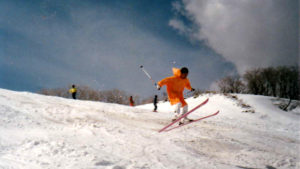
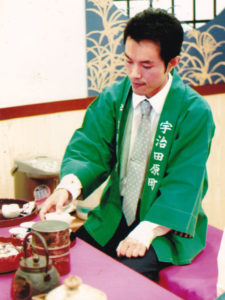
When I started working in the tea fields of Ujitawara (circa 1998)
In my 20s, when I spent most of my time skiing, one of the popular occupations for part-time workers holed up in the snowy mountains was “tea picking. It started around the time the snow melted and everyone was talking about going to Shizuoka because of the short time and high income. I suddenly remembered that since I was in Kyoto, Uji tea would be my first choice, so I contacted the town of Ujitawara and started working at a tea farm that was introduced to me. What is gyokuro? I was still in a state of “What is Gyokuro?
3rd place in the world in the Flair Bartender's World Competition (2003)
I started flair bartending in earnest in 2000, throwing liquor bottles and shakers to make cocktails. Thanks to dedicated practice, I won the All-Japan Championship in 2002 and the 3rd place overall in the world in 2003, and I continued to work on the tea plantation for several years after that. After that, I left the tea plantation to start working as a bartender specializing in shows at weddings and events.
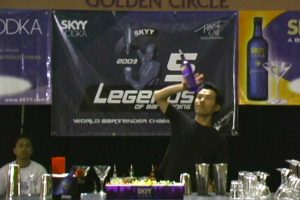
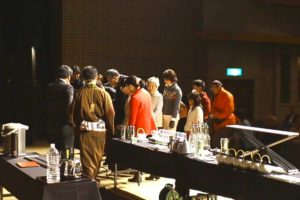
Inspired to create a Japanese tea show (2013)
While working as a bartender specializing in shows for almost 10 years, I heard the news that the Olympics would be held in Tokyo. He began to think that it would be interesting to give a show with tea to foreign tourists coming to Japan, and started a trial-and-error process. He had been working in the tea fields for about nine years, but first he decided to study tea properly and became certified as a Japanese tea instructor. After that, he continued to work as a Japanese tea instructor for a while, including teaching how to brew tea, and started working at the tea farm again. It was in the fall of 2015, two years after he came up with the idea, that he first performed a tea show in front of customers.
The Birth of the Samurai Chajin (2017)
We were asked to do a tea show at the opening event of a year-long event in Kyoto in 2017, the “Kyoto Expo of Tea”. So we decided to use the motif of “Samurai” to make the show with a character that is easy to understand for foreigners. Since the show would use flair bartending skills, the samurai was made into a “samurai,” and “Samurai Chajin” was created in the image of a person who handles tea with “Chajin. I wore a wig for a year to do the show until I got a samurai-like hairstyle.
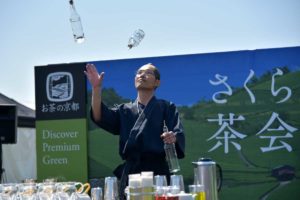
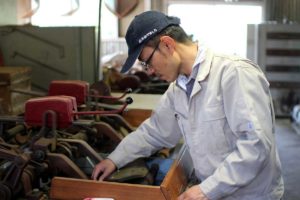
A tea farmer who had been engaged in tea farming went out of business and started activities to convey the joy of tea (2022).
In the summer of 2022, a tea farm in Ujitawara that had been there for a total of over 15 years went out of business, and we decided to rent the remaining tea farm and turn it into a place where people can experience tea. I will be doing various activities to promote “how to enjoy tea” with the changes in the tea fields that I can understand because I have been in the field of tea production for a long time, the knowledge of tea that I have gained through my activities as a Japanese tea instructor, and the presentation skills that I have acquired as a bartender specializing in shows.